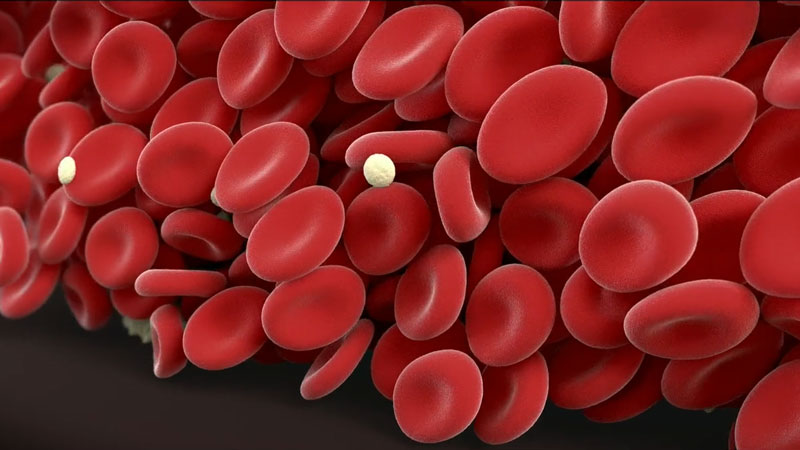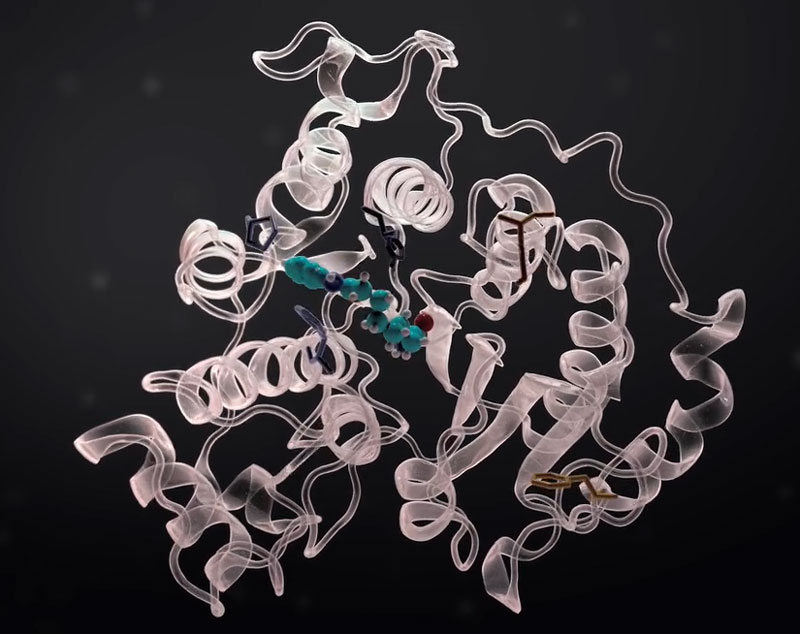by Gábor Závodszky, Alfons G. Hoekstra (University of Amsterdam)
In-silico models of human physiology and pathology are aimed at progressing and complementing medicine in several ways. These models can reproduce physiological processes and events on multiple scale levels. The goal of the individual models is to help predict the outcome of a specific disease or to support the decision-making process during treatment.
Imagine having an in-silico representation for every physiologic process, for every organ of your unique body running on a computer. This idea forms the conceptual framework of the Digital Twin.
Digital Twins are an emerging technology representing the next step in patient specific health care. Your Digital Twin can provide a unique, personalised, fully operational blueprint of your body. This map represents your molecular, biochemical, physiological status.
It can be used to pinpoint deviations from the healthy or “normal” state of your body and it is always there for you as a volunteer on which treatments of any disease you may have can be tested.
The Concept of being “Normal”.
The meaning of “healthy” is historically defined against a wide biological envelope, against a large set of patterns observed on the population level. Your in-silico replica can refine this definition by specifying the patterns that are regular for a given individual, for you. This carries one of the biggest promises of this great endeavour, a significant contribution to personalised medicine: the possibility to design personal, fully tailor-made treatments for diseases, rather than basing the treatments on what is the best on average for a large group of patients.
In turn, however, applied on a population level, the Digital Twin can provide in-silico clinical trials, in which the computer models test the effects of a given medication. This should lead to faster and more cost-efficient introduction of new medication, as well as to a reduction in the use of laboratory animals in medical research.
The Birth of the Digital Twin
The conception of the “virtual self” was made possible by numerous technological achievements that expanded our understanding of electrical, chemical, and biomechanical pathways in our body. These developments are happening at an ever-increasing pace, ignited in the early 80s with the wide adoption of computer tomography, progressing through recent events, such as the first Food and Drug Administration accreditation in 2016. It provided a prime example on how a computer model can be useful in the cardiovascular treatment of patients.
Furthermore, detailed personal data is becoming available through multiple channels, for instance, due to the advance of molecular level non-destructive readout technologies but also due to wearable technologies providing continuously tracked physiological parameters.
The excess of information combined with the increase of accessible computational power yields the perfect ground for the Digital Twin to be born as a data-driven approach to personalised medicine.
One example of the many components (virtual organs) building up the “virtual self” is the digital counterpart of the human cardiovascular system, the Virtual Artery. This multiscale model computes the beating of the human heart as it pumps blood, a complex suspension of cells, through the vascular network. It simulates the cellular interactions inside the blood and between the blood flow and the vessel walls and it computes the reaction of the smooth muscle cells inside the wall. This system will yield information in unprecedented detail that can be used to identify diseases, evaluate effects of drugs, and design the most effective treatment.

Figure 1: A beating virtual heart.

Figure 2: Simulation of flow of red blood cells and platelets.
 Figure 3: Simulation of drug binding on the level of proteins.
Figure 3: Simulation of drug binding on the level of proteins.
Many similar components are currently coming together to synthesise the Digital Twin. A development which progresses as a mutual effort of a world-wide community aggregating large networks of researchers such as the community of the Virtual Physiological Human (VPH) or the CompBioMed H2020 project.
Please contact:
University of Amsterdam, The Netherlands
Gábor Závodszky











